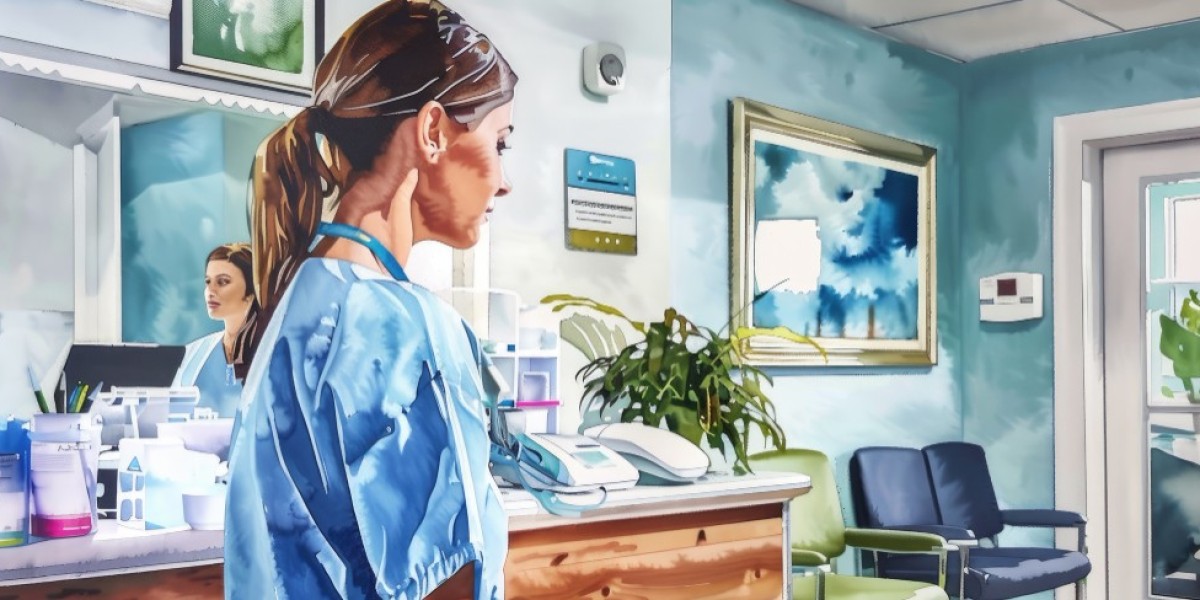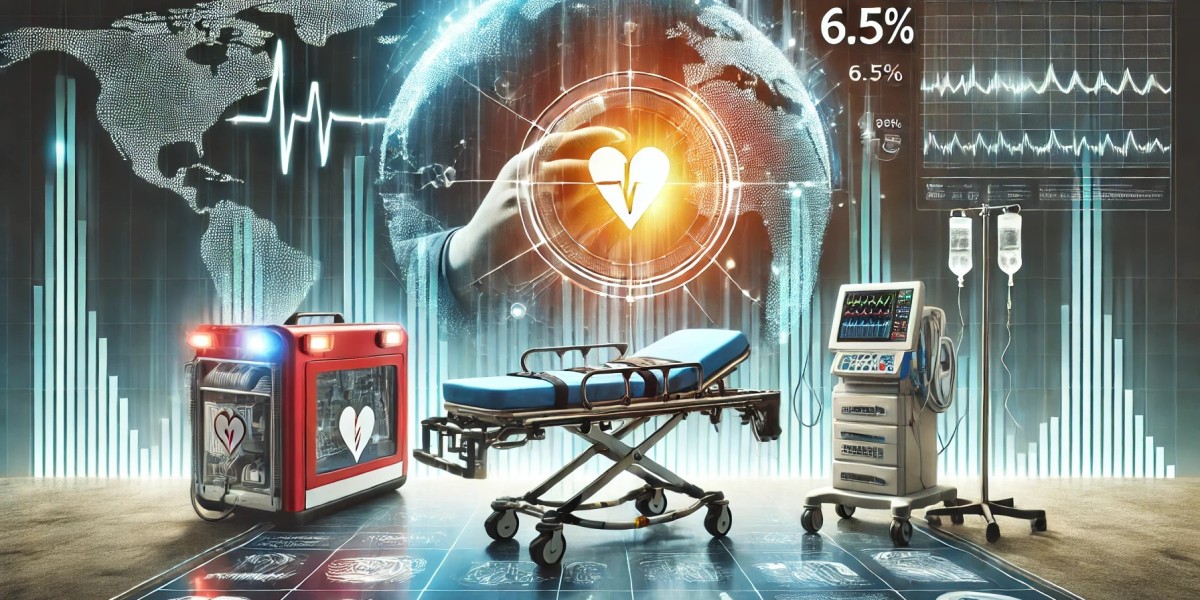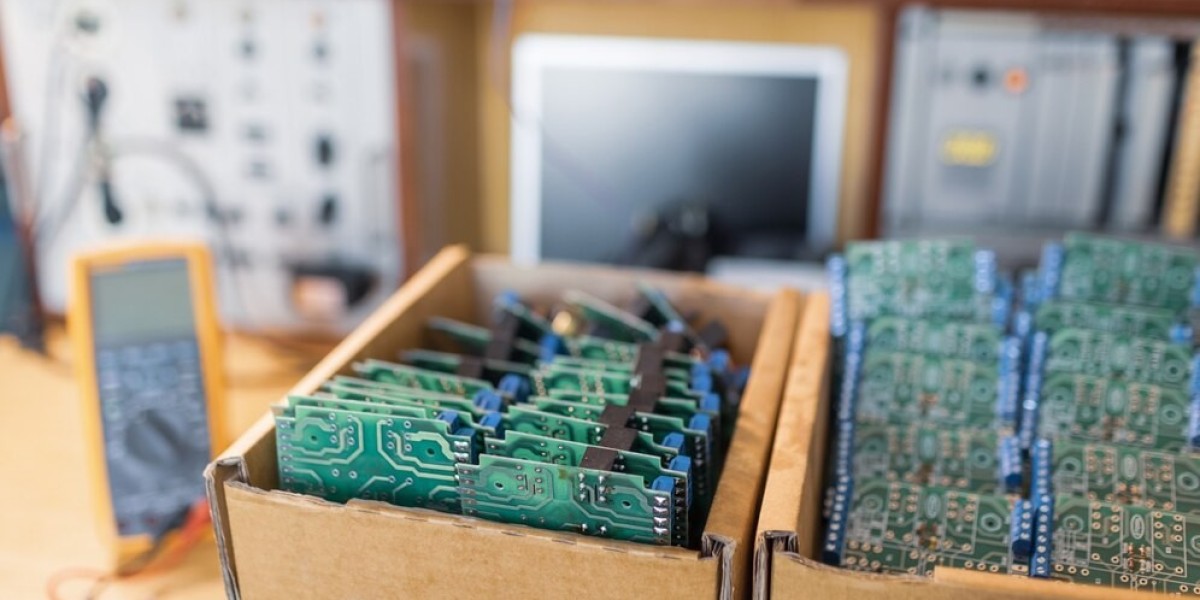How Speech and Voice Recognition Technology is Revolutionizing Healthcare
1. Improved Clinical Documentation
One of the most significant impacts of speech and voice recognition technology is in clinical documentation. Traditionally, healthcare professionals spend a substantial amount of time manually entering patient data into Electronic Health Records (EHR) systems. This process can be tedious and prone to error. Speech recognition technology allows physicians to dictate patient notes, treatment plans, and other clinical documentation, which are then transcribed instantly and accurately into the system. This not only saves time but also reduces the risk of errors, leading to improved patient outcomes and better overall healthcare management.
- Example: Doctors using voice commands to update EHRs can significantly reduce administrative tasks, allowing more time to focus on direct patient care.
2. Enhanced Patient Interaction
Speech and voice recognition in healthcare also plays a role in improving patient interaction. Virtual assistants, such as voice-activated systems, are increasingly being used to help patients with appointment scheduling, medication reminders, and providing health information. These systems, powered by AI, offer a conversational interface that helps patients access healthcare services in a more convenient and personalized manner.
- Example: Patients can use voice commands to schedule a follow-up appointment or receive reminders for taking medications, enhancing patient engagement and adherence to treatment regimens.
3. Support for Healthcare Trends Like Telemedicine
The rise of telemedicine has reshaped how healthcare services are delivered, making them more accessible and convenient for patients. Speech and voice recognition technology plays a pivotal role in supporting this healthcare trend. Telehealth platforms can integrate voice recognition to enable seamless interactions between healthcare providers and patients, allowing consultations, diagnoses, and medical histories to be recorded and transcribed effortlessly. This also helps reduce the administrative burden on healthcare professionals, enabling them to focus more on clinical care rather than documentation.
- Example: During a virtual consultation, a healthcare provider can dictate patient symptoms, diagnoses, and treatment recommendations, which are automatically transcribed into the patient’s medical record.
4. AI Integration for Smarter Healthcare Solutions
AI-powered speech and voice recognition systems are becoming increasingly sophisticated and integrated into healthcare workflows. These systems not only convert speech to text but also analyze the spoken words to offer insights, detect patterns, and even provide suggestions based on the patient’s medical history. The integration of AI allows for more advanced capabilities, such as understanding complex medical terminology, identifying potential drug interactions, and flagging concerns based on the patient’s symptoms.
- Example: A voice-enabled AI system could analyze a doctor’s spoken notes and automatically suggest alternative treatments or flag any discrepancies with existing guidelines or patient history.
5. Improved Accessibility for Diverse Patient Populations
Voice recognition technology can also help bridge the gap for patients with disabilities or those with language barriers. By enabling voice commands, these technologies can assist patients with limited mobility in accessing healthcare services or interacting with their providers without needing to rely on traditional input methods like typing. Additionally, with advancements in language recognition, these systems can be adapted to understand various dialects and languages, making healthcare services more inclusive.
- Example: Patients who are non-verbal or have physical disabilities can use voice-controlled devices to interact with healthcare services, improving accessibility to care.
Challenges in Implementing Speech and Voice Recognition Technology in Healthcare
While the benefits are clear, there are still several challenges to overcome when integrating speech and voice recognition technology into healthcare systems:
- Privacy and Security Concerns: Healthcare data is highly sensitive, and the use of voice recognition systems must adhere to strict data protection regulations such as HIPAA. Ensuring patient confidentiality and data security remains a top priority.
- Accuracy and Reliability: Despite significant advancements, speech recognition technology must continuously improve in understanding complex medical terminology, accents, and dialects to maintain its usefulness in clinical environments.
- Cost and Implementation: The upfront cost and complexity of implementing these systems, especially for smaller healthcare providers, can be a barrier to widespread adoption.
Future Prospects for Speech and Voice Recognition in Healthcare
The future of speech and voice recognition in healthcare looks promising, driven by continuous improvements in AI and machine learning algorithms. As technology evolves, we can expect even more sophisticated applications in healthcare:
- Voice Biometrics: Identifying and verifying patients and healthcare professionals based on their unique voice patterns could provide enhanced security and prevent fraud.
- Natural Language Processing (NLP): With more advanced NLP capabilities, voice recognition systems will be able to understand and interpret medical contexts with even greater accuracy, reducing the risk of errors in clinical documentation.
- Remote Monitoring and Virtual Health Assistants: AI-powered voice systems will continue to play a central role in telemedicine and remote patient monitoring, offering personalized care solutions based on voice commands.
Conclusion
Speech and voice recognition technology is reshaping the healthcare sector by improving efficiency, enhancing patient-provider communication, and supporting healthcare trends like telemedicine. As AI integration continues to advance, these technologies will play an increasingly vital role in transforming healthcare delivery and patient care. By reducing administrative burdens and enhancing accessibility, speech and voice recognition in healthcare not only benefits healthcare providers but also delivers better, more personalized care to patients across the globe.
Latest Healthcare Market Research Reports:
Undifferentiated Pleomorphic Sarcoma Market | Audiology Devices Market | Ductal Carcinoma In Situ Market | Hemodynamic Monitoring System Market | Synchronous Endometrial And Ovarian Carcinoma Market | Acute Pyelonephritis Market | Adeno-associated Virus Aav Vectors In Gene Therapy Market | Adenosine Deaminase-severe Combined Immunodeficiency Market | Cell And Gene Therapy For Multtiple Myeloma Market | Chemotherapy Induced Nausea And Vomiting Market | Crows Feet Market | Desmoplastic Small Round Cell Tumors Dsrcts Market
Naijamatta is a social networking site,
download Naijamatta from Google play store or visit www.naijamatta.com to register. You can post, comment, do voice and video call, join and open group, go live etc. Join Naijamatta family, the Green app.
Click To Download


